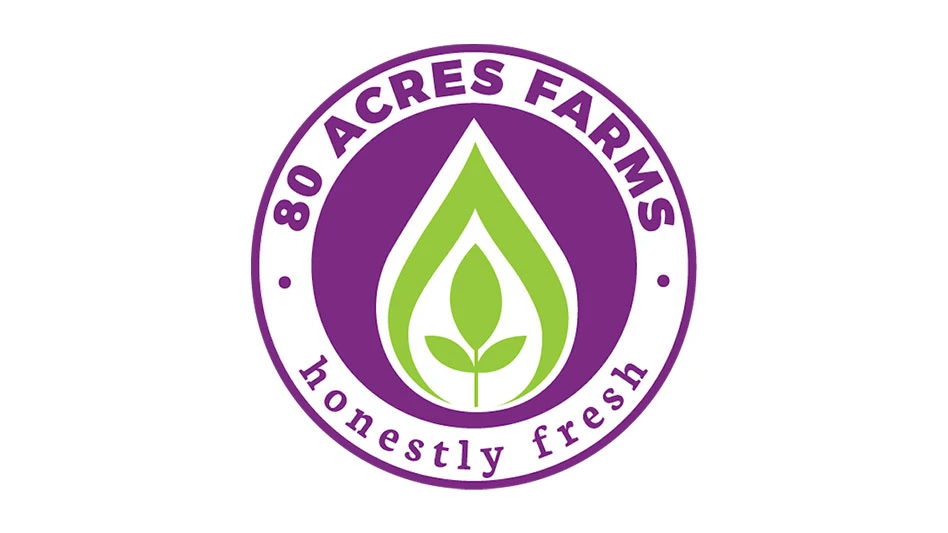 Fungus gnats are a major pest of greenhouse crops, but don’t often get the attention they deserve. Direct plant damage occurs through larval feeding on roots and stems, and occasional feeding on leaves in contact with the media. For seedlings and cuttings in propagation, the damage is often fatal. Equally problematic, adult fungus gnats are known to spread root and crown rot diseases.
Fungus gnats are a major pest of greenhouse crops, but don’t often get the attention they deserve. Direct plant damage occurs through larval feeding on roots and stems, and occasional feeding on leaves in contact with the media. For seedlings and cuttings in propagation, the damage is often fatal. Equally problematic, adult fungus gnats are known to spread root and crown rot diseases.
Proper identification is important for control. Due to similar appearance, shore flies are often misidentified as fungus gnats. Adult fungus gnats are dark, delicate-looking flies, similar in appearance to mosquitoes, with slender legs and segmented antennae that are longer than their head. Fungus gnat larvae have a shiny black head and an elongated, whitish-to-clear, legless body. Shore fly adults more closely resemble miniature house flies. Compared to fungus gnats, shore flies are stronger fliers and have shorter legs and antennae. Unlike fungus gnats, shore flies have distinctive clear to white spots on their wings. While shore fly adults are able to spread pathogens, the larvae are not damaging.
Management
Habitat modification and sanitation is the first line of defense against fungus gnats. Constantly moist soil media and the algae it encourages make a suitable habitat for fungus gnat larvae. Control media moisture and minimizing algae growth in pots. Power washing and/or approved cleaners can be used to remove organic matter between crops.
Control options
Chemical control of fungus gnats should target the larval stage. Some active ingredients labeled for larval stage include, diflubenzuron (MOA 14); azadirachtin (MOA UN); cyromazine (MOA 17); pyriproxyfen (MOA 7C); thiamethoxam (MOA 4A); chlorfenapyr (MOA 13); and dinotefuran (MOA 4A).
 Biological control of fungus gnats is another control option. Steinernema feltiae is a species of nematodes that attack fungus gnat larvae. The nematodes attack the larvae through all body openings and introduce a bacterium that produces a toxin that kills the larvae. Applications are made by drenching into media or soil at 14- to 21-day intervals. Following treatment, the number of adults will decline gradually as the adults die off and fewer emerge from the soil to replace them.
Biological control of fungus gnats is another control option. Steinernema feltiae is a species of nematodes that attack fungus gnat larvae. The nematodes attack the larvae through all body openings and introduce a bacterium that produces a toxin that kills the larvae. Applications are made by drenching into media or soil at 14- to 21-day intervals. Following treatment, the number of adults will decline gradually as the adults die off and fewer emerge from the soil to replace them.
Other biological controls include the active ingredients Bacillus thuringiensis strain israelensis, which targets fungus gnat larvae when used as a soil treatment. Athea coriaria is a generalist predatory beetle that feeds on fungus gnat larvae. They are most often applied in piles on moist soil in shady spots. Hypoaspis miles, aka Stratiolaelaps scimitus, is a predatory mite that lives on and in the top layer of soil. It feeds on fungus gnat larvae. For best results, use when fungus gnat populations are relatively low.
Read and follow all label directions. Products other than those mentioned may be safe and effective. Certain compatible pesticides can be safely used in conjunction with biological control agents. Check with your biocontrol supplier before ordering.
Rick Yates is GGSPro Technical Services Manager at Griffin Greenhouse Supplies, Inc.
Sponsored Content
A Better Start for Plants
From loose plugs to prefilled trays and textiles, our TruRoot® propagation line, featuring QuickPlug Technology, is the optimum way to accelerate germination and improve root development. Trusted across the horticulture industry, TruRoot is the key to better propagation from food crops to florals.
Larve Photo: By Whitney Cranshaw, Colorado State University, Bugwood.org / Adult Photo: By Jim Baker, North Carolina State University, Bugwood.org
Get curated news on YOUR industry.
Enter your email to receive our newsletters.
Explore the December 2013 Issue
Check out more from this issue and find your next story to read.
Latest from Produce Grower
- University of Evansville launches 'We Grow Aces!' to tackle food insecurity with anu, eko Solutions
- Lawsuit challenges new H-2 visa rules
- Q&A: Sandra Eskin Leads Food Safety Advocacy Organization, STOP, as CEO
- Find out what's in FMI's Power of Produce 2025 report
- The Growth Industry Episode 3: Across the Pond with Neville Stein
- Martin A. Makary Sworn in as FDA Commissioner
- PG CEA HERB Part 2: Analyzing basil nutrient disorders
- LettUs Grow, KG Systems partner on Advanced Aeroponics technology









